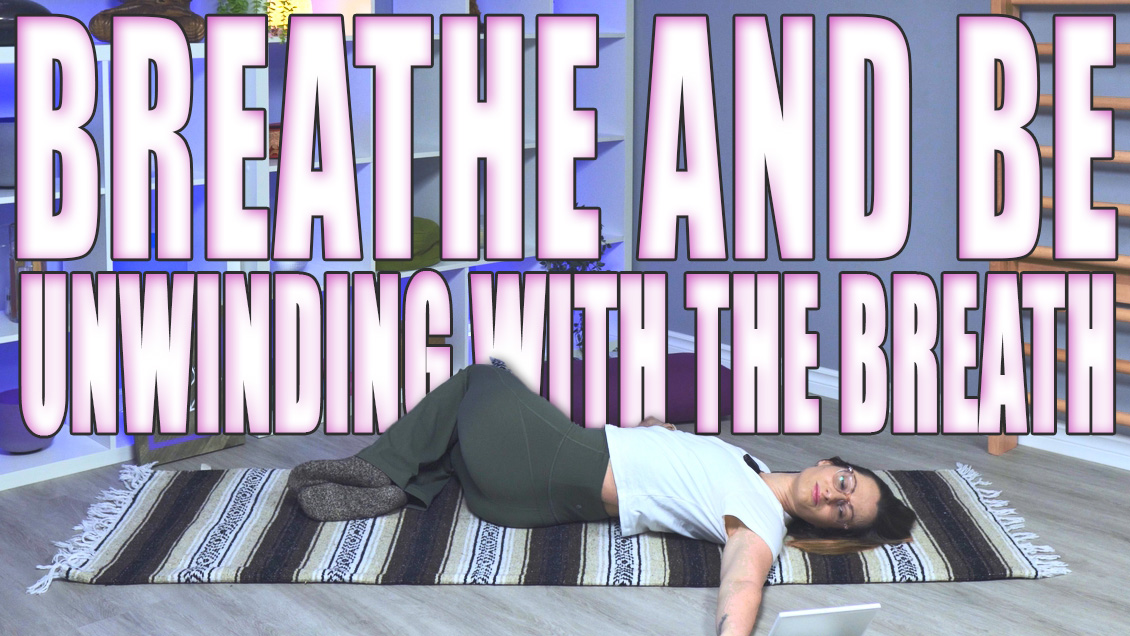
The ancient yogis recognized the varied essence of individuals and created numerous yoga paths to address these distinctions. Each path aims to direct seekers toward Moksha, or liberation, culminating in profound inner tranquility. Here, we investigate several notable paths of yoga: Karma yoga, Bhakti yoga, Jnana yoga, and Raja yoga, among others.
1. **Karma Yoga**: Referred to as the yoga of action, Karma yoga stresses selfless service. It centers on undertaking one’s responsibilities without attachment to the results. Practitioners immerse themselves in a range of tasks and duties with humility and devotion, concentrating on the action itself rather than its rewards. This path is tailored for those whose focus is primarily on action, as it elevates mundane activities into significant spiritual practices.
2. **Bhakti Yoga**: Bhakti yoga represents the path of devotion and love for the divine. It entails surrender to a higher power and frequently incorporates methods such as chanting, prayer, and rituals. Through devotion, practitioners nurture love and compassion, not only for the divine but for all beings as well. This path is perfect for those who are led by their hearts and emotions, channeling their feelings into a formidable spiritual experience.
3. **Jnana Yoga**: Jnana yoga is the path of knowledge and wisdom. It encompasses the investigation of questions regarding life, existence, and self, pursuing truth through study and contemplation. This demanding intellectual journey necessitates self-inquiry and the honing of discernment to differentiate reality from illusion. Jnana yoga is appropriate for those with an intellectual inclination, utilizing logic and comprehension to attain liberation.
4. **Raja Yoga**: Raja yoga, often called the “royal path,” emphasizes meditation and mind control. It generally includes practices described in Patanjali’s Yoga Sutras, such as ethical conduct, breath regulation, concentration, and meditation. Raja yoga seeks to achieve mental clarity and deep inner peace, making it an ideal journey for those wishing to master their thoughts and feelings.
5. **Hatha Yoga**: While not conventionally categorized as a distinct path, Hatha yoga emphasizes physical poses and breath control to ready the body and mind for meditation and more profound spiritual endeavors. It is frequently viewed as a foundational practice that bolsters other yoga paths by enhancing physical health and vitality.
6. **Other Paths**: Additional less prevalent paths include Tantra yoga, which encompasses rituals and esoteric practices, and Kundalini yoga, concentrating on awakening the spiritual energy within.
Each yogic path provides distinct techniques and insights, enabling individuals to select the one that most resonates with their intrinsic nature and temperament. Regardless of the path chosen, all navigate toward the ultimate objective of Moksha, promoting a life filled with purpose, harmony, and inner freedom. Through these varied approaches, the ancient yogis offered a thorough framework for spiritual development, honoring the complex nature of human existence.